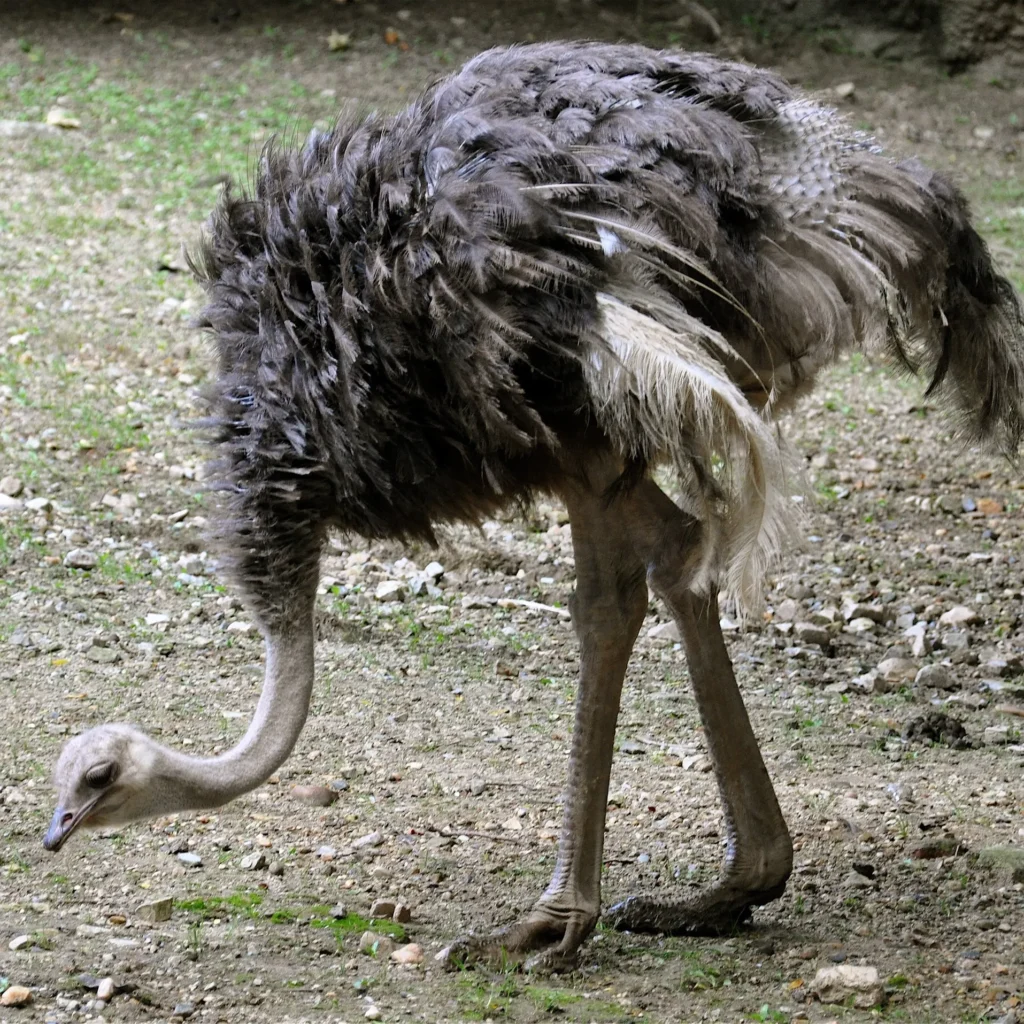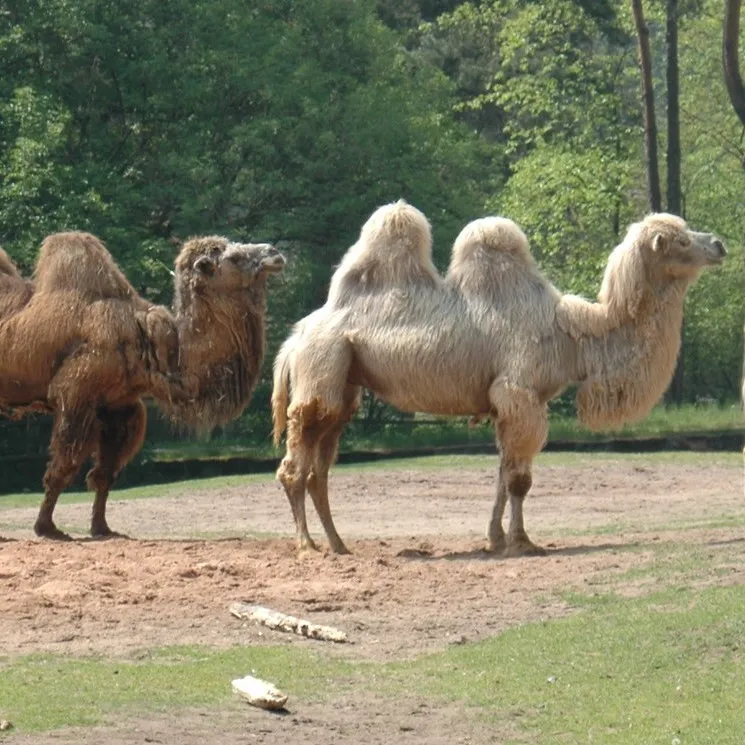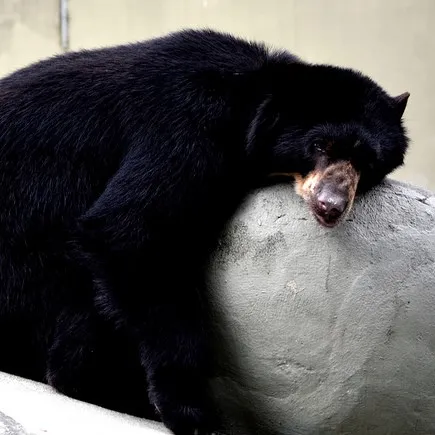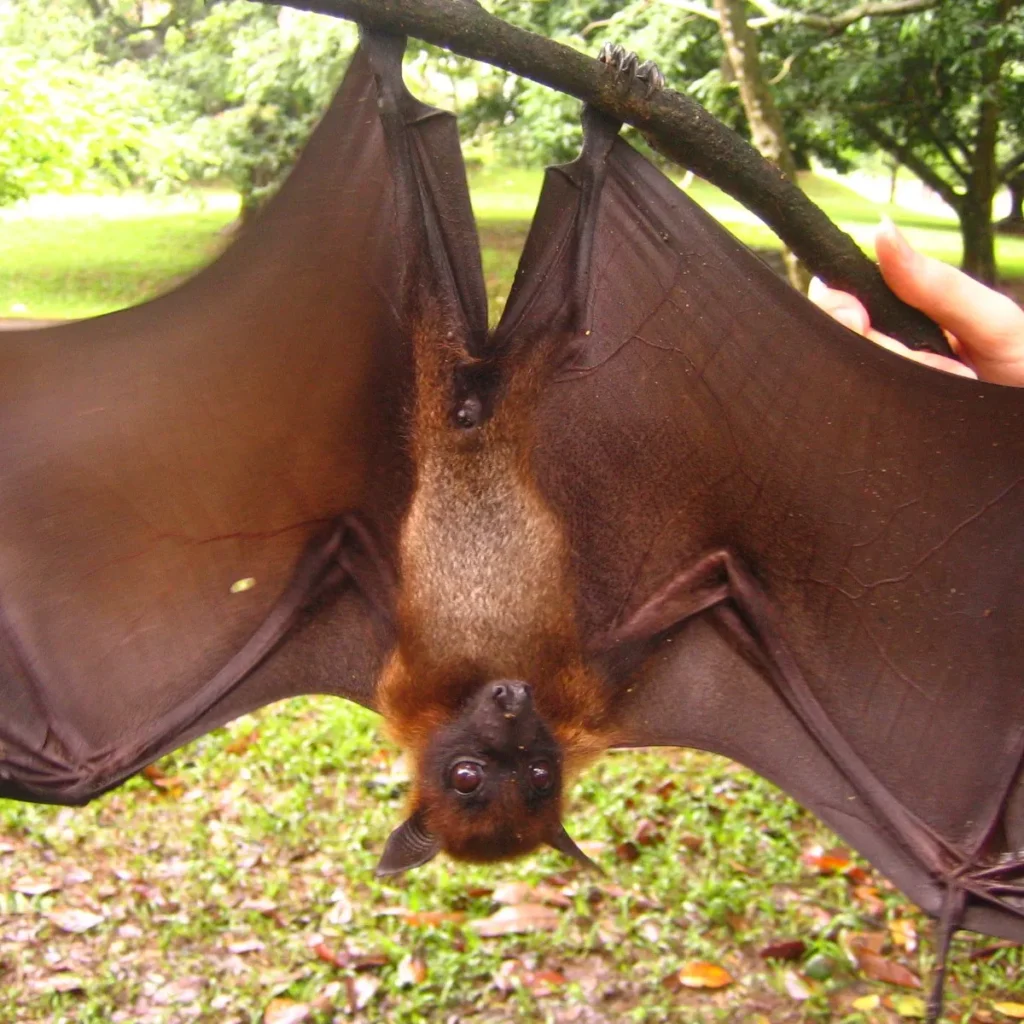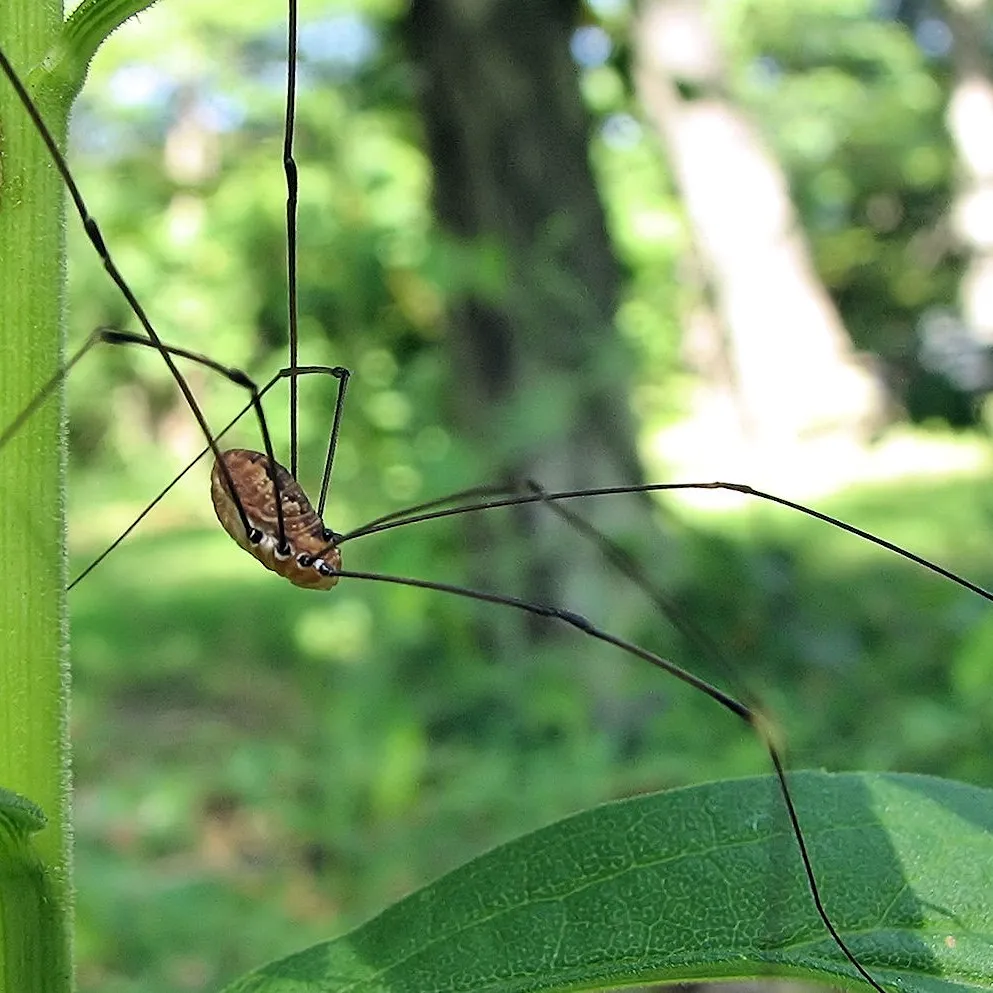15 Animal Myths Everyone Believes But Are Totally False
Humans often ponder the quirks of their animal companions, yet it’s astonishing how many misconceptions creep into our understanding.
It might be comforting to assume your goldfish doesn’t recall your most awkward living room dance, but the truth may surprise you it’s time to reevaluate those assumptions.
Learn more about that and other animal misconceptions by reading along:
1. Stressed-out ostriches stick their heads in the sand
This tall tale hails from the days of the Roman Empire, but longevity doesn’t equal truth. Still, ostriches do engage in actions that bring their heads near the ground so it’s understandable how the myth took flight.
Instead of nest-building, ostriches opt to bury their eggs directly in the sand.
And with their heads being so slender and low to the ground, it’s no wonder people mistook a simple egg inspection for full-on head-burying.
Camel humps are for storing water out in the desert
Camel humps aren’t water tanks they’re fat reservoirs. This built-in energy stash allows them to travel vast distances without the need for constant meals.
As for hydration, camels cleverly retain water in their bloodstream, a vital adaptation that helps them endure the relentless heat of the desert.
Bears hibernate all winter
Cultural portrayals often show bears snoozing the entire winter away but that’s only partially true.
What they actually experience is torpor a lighter, involuntary state of dormancy. While it mimics hibernation and conserves energy, torpor allows bears to stir, react, and even give birth during the long, cold months.
Bats are blind
The reality is, bats simply perceive the world through a different visual lens than humans do.
Their eyes are specialized for navigating low-light environments perfectly suited for creatures of the night.
Though their vision lacks the crisp detail and vivid color spectrum we enjoy, it’s finely tuned for their survival, allowing them to see exactly what they need, when they need it.
The Daddy-Longlegs is a poisonous spider
The legend claims Daddy Longlegs are the most venomous spiders only held back by their tiny, ineffective fangs. That’s pure fiction.
In reality, the creature we casually label as a Daddy Longlegs isn’t even a true spider. It lacks venom glands entirely. Rest easy these long-legged wanderers pose no threat to humans whatsoever.

